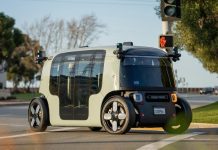Perhaps this is one of the most advanced infantry fighting vehicles, based on the design
BAE Systems has presented its vision for the infantry fighting vehicle of the future for the US Army. The vehicle being developed under the OMFV (Optionally Manned Fighting Vehicle) program is to replace the M2 Bradley BMP, which has been in service since the Cold War. And judging by what is known about OMFV now, this development will indeed be an advanced solution.
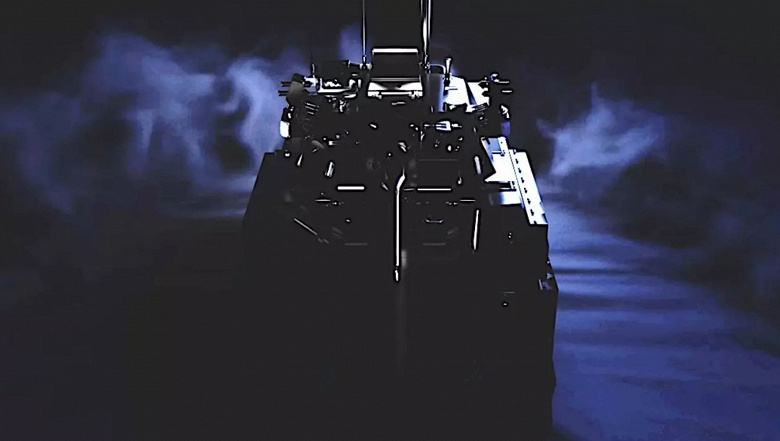
Initially, as part of the OMFV project, it was planned to create a modern infantry fighting vehicle with a crew of two and a landing force of nine people, but subsequently the number of places to accommodate paratroopers was reduced to six. A compromise had to be made for the sake of improved protection while maintaining the same weight.
The OMFV must have an uninhabited turret capable of mounting a 30 or 50 mm automatic cannon. The drive of the caterpillars must be hybrid (diesel-electric), with the ability to move also in a “quiet” mode (on pure electricity without starting the internal combustion engine).
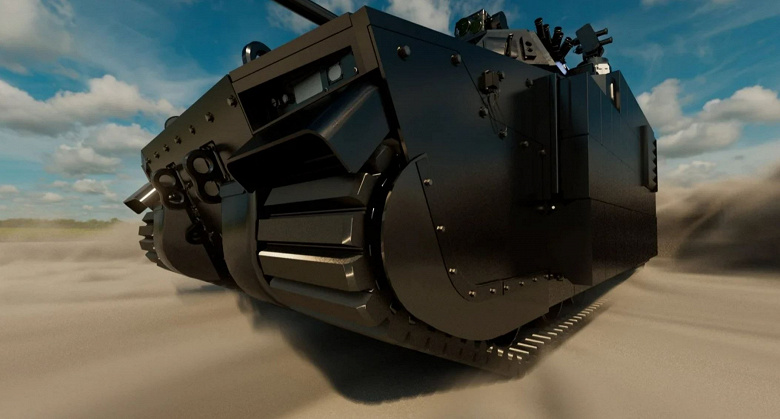
The electronic systems of the vehicle must be designed in accordance with MOSA, a modular open systems architecture that makes it easy to expand the functionality of the BMP in the future, even with systems that do not exist today. This means maximum use of standardized connections.
But in terms of modularity, BAE Systems went further. First, the BMP, like a Formula 1 car, can be configured in different ways. Secondly, the car received what was later called a “distributed engine.”
The power plant in this case is not represented by a single unit, but by several smaller units located in different parts of the hull. The total power of the power plant is 1070 hp, the power reserve on pure electricity is 2.5 km.
Such a solution in a military machine has a number of advantages. Firstly, it gives a chance that possible damage to one of the engines will not lead to the immobilization of the entire machine. Also, thanks to this solution, the heat generated by the engines is much more efficiently dissipated, thereby reducing the thermal signature of the infantry fighting vehicle. It also turned out that reducing the noise generated by smaller units is easier than reducing the noise of one large engine.
The “distributed engine” also improved the layout of the cabin and increased the possibility of its transformation depending on the needs of the customer. There was also more space for installing additional equipment.
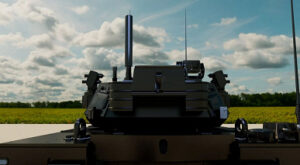
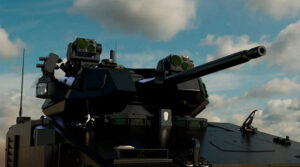
BAE equipped its OMFV with a Northrop Grumman XM913 50mm cannon, a rocket launcher, and an Advanced Targeting & Lethality Automated (ATLAS) system capable of detecting and isolating potential targets, as well as aiming weapons. The company says that the design of the machine and its electrical systems also allow the addition of even very powerful laser modules (for example, to suppress drones). The mass of the BMP, depending on the configuration, can reach 50 tons.




